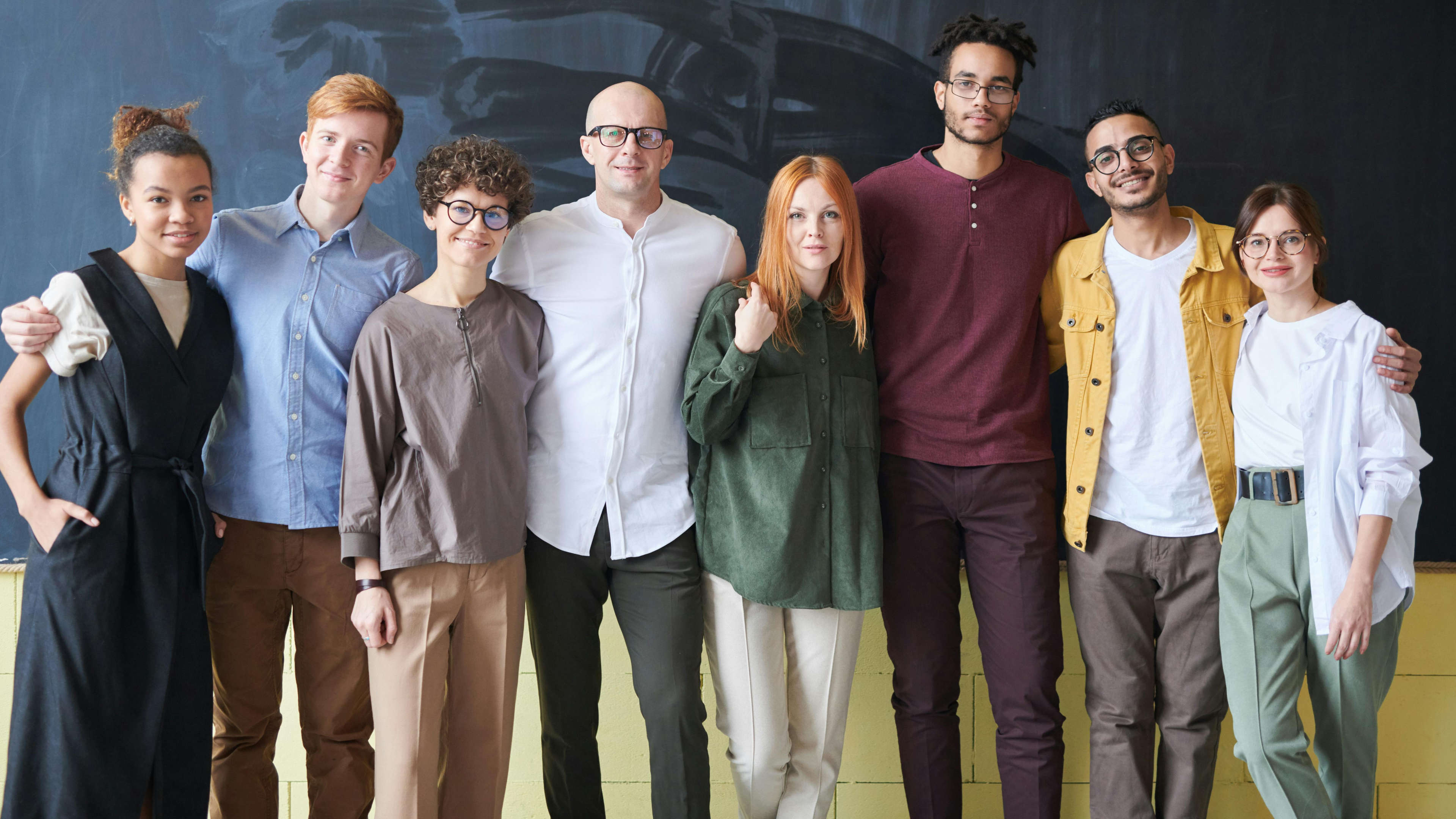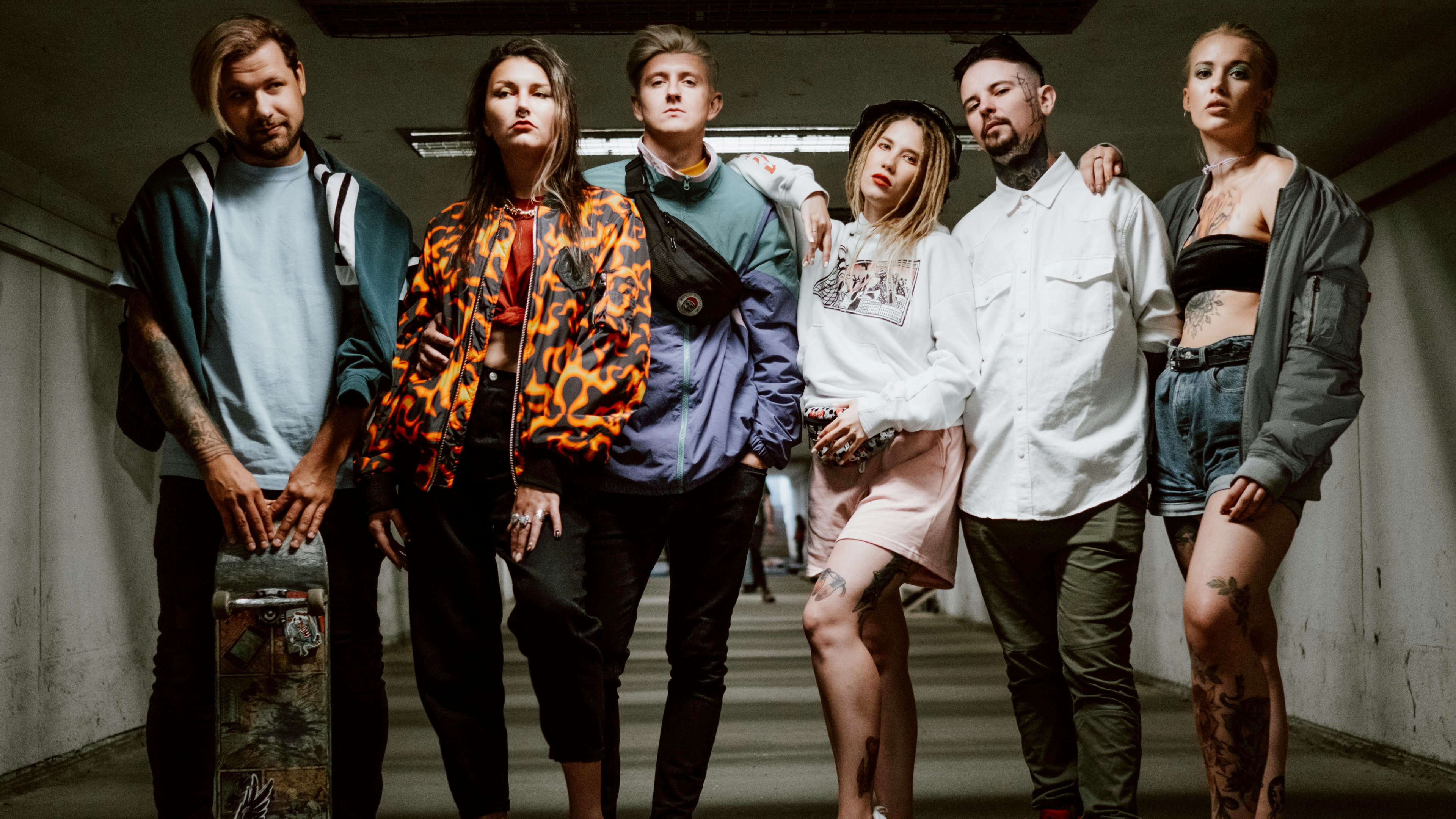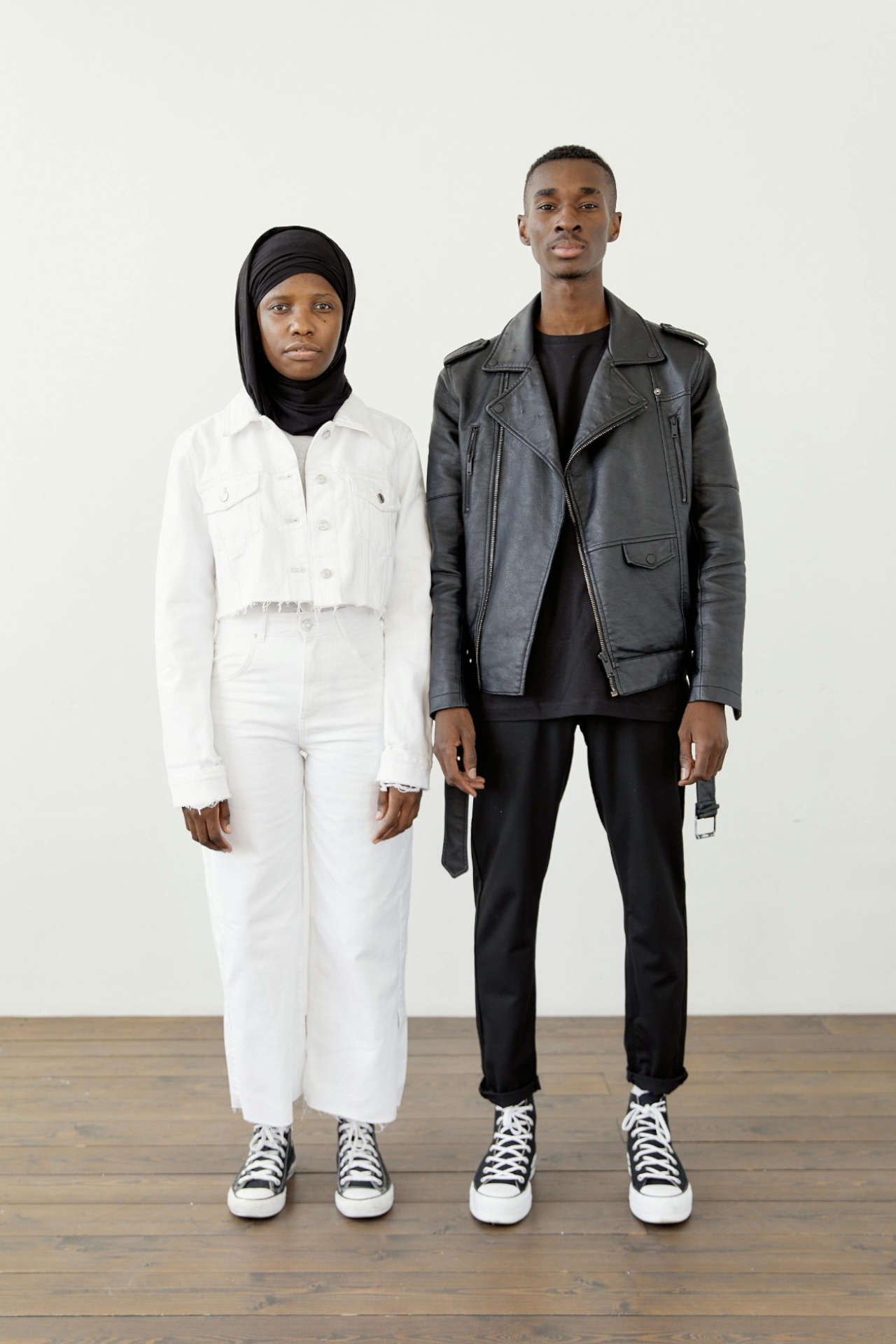BLOG
What is a Persona and How to Use Them in Your Design Projects
Understanding and Implementing Personas in Design
Posted on October 28, 2024, by Peter Loomis
Introduction
Hey there, fellow designers! 🌟
Have you ever wondered why some design projects just *click* with users while others fall flat? One of the secret sauces behind successful designs is something called a persona. But what exactly is a persona, and how can you use it to elevate your design projects? Grab a cup of coffee, and let’s dive into the world of personas together!
What is a Persona?
Understanding the Basics of Personas
Alright, let’s start with the basics. In the design world, a persona is a fictional character that represents a segment of your target audience. Think of it as a detailed profile that embodies the characteristics, needs, and behaviors of your ideal users. Instead of designing for a vague “user,” you’re designing for someone specific.
Key Elements of a Persona
- Demographics: Age, gender, location, occupation, education, etc.
- Psychographics: Interests, values, attitudes, lifestyle, etc.
- Goals and Needs: What does this persona want to achieve? What problems are they trying to solve?
- Pain Points: What challenges or frustrations do they face?
- User Scenarios: Typical situations where they interact with your product or service.
Visual Example
Imagine you’re designing a fitness app. Instead of designing for “people who want to get fit,” you create a persona named Emma, a 28-year-old graphic designer who loves yoga but struggles to find time for regular workouts. By focusing on Emma’s specific needs and challenges, your app can offer tailored features that genuinely help her achieve her fitness goals.
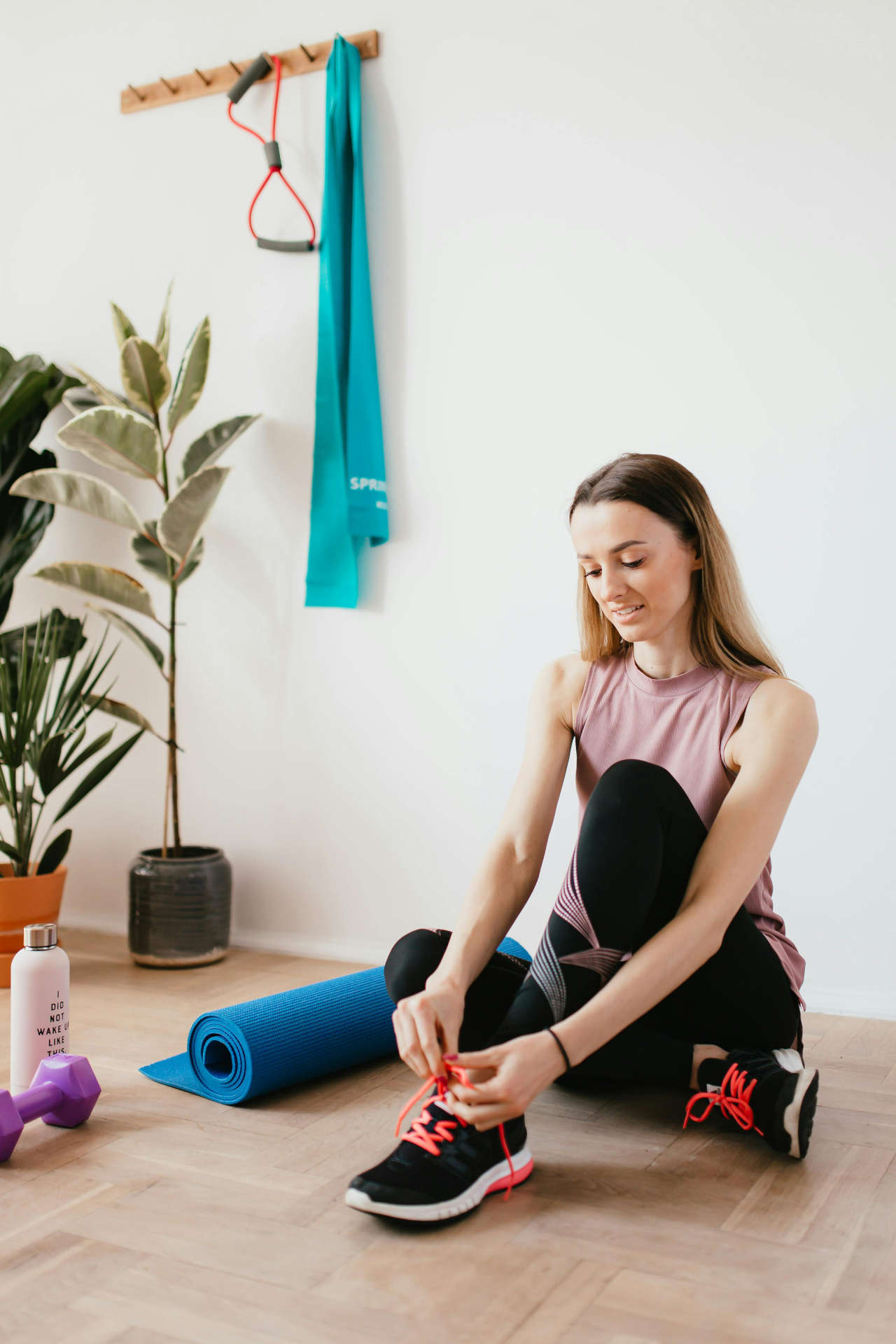
Emma, 28, a busy designer who loves yoga and fitness
Why Personas Matter in Design Projects
The Impact of User-Centric Design
You might be thinking, “Why go through all this trouble? Can’t I just design based on my own preferences?” Great question! Here’s why personas are a game-changer:
1. User-Centric Design
Personas keep you focused on the user’s needs rather than your own assumptions. This ensures that your design solutions are relevant and valuable to the people who will actually use them.
2. Improved Communication
When your team has a clear persona to refer to, everyone is on the same page. It fosters better collaboration and ensures that all design decisions are aligned with user needs.
3. Enhanced Decision-Making
With a persona in mind, it’s easier to prioritize features and make design choices that truly matter to your users. It acts as a compass, guiding your project in the right direction.
4. Increased Empathy
Personas help you step into your users’ shoes. Understanding their motivations and frustrations builds empathy, which is crucial for creating meaningful and impactful designs.
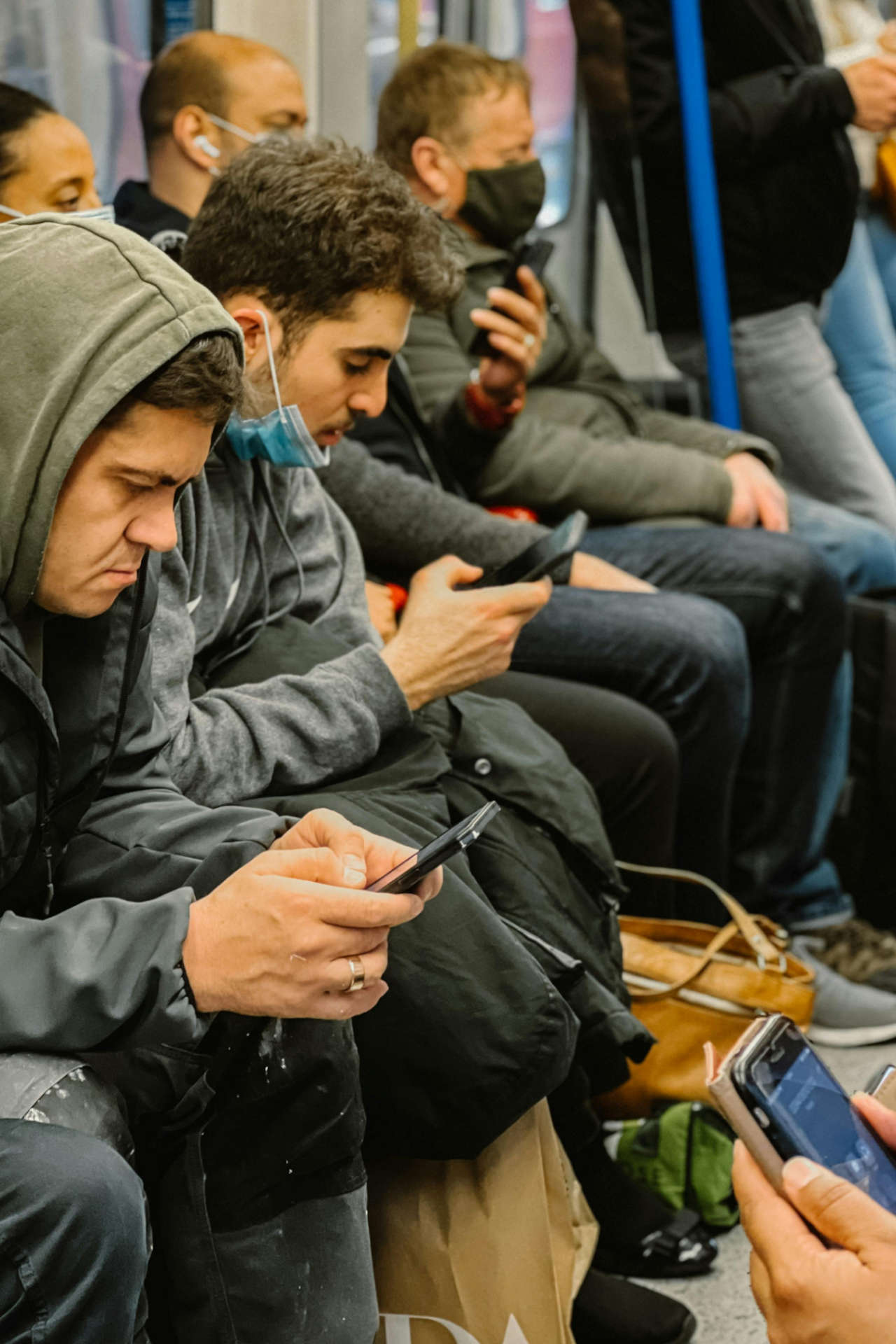
Personas can identify target users and make content relevant

